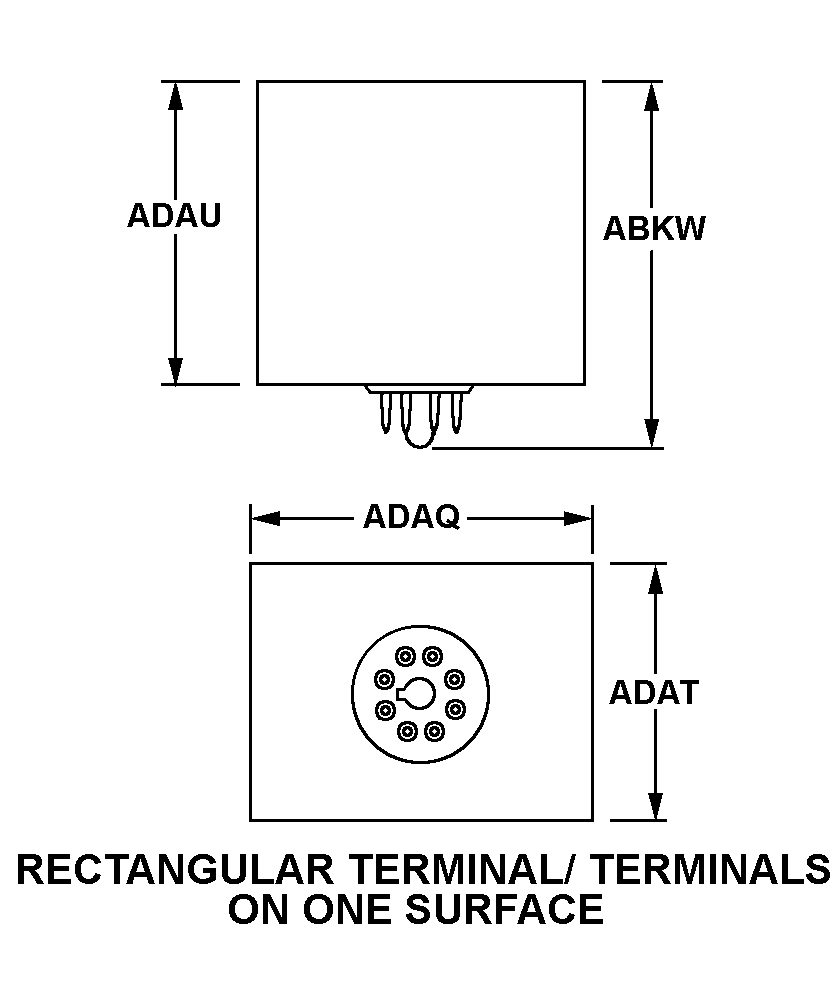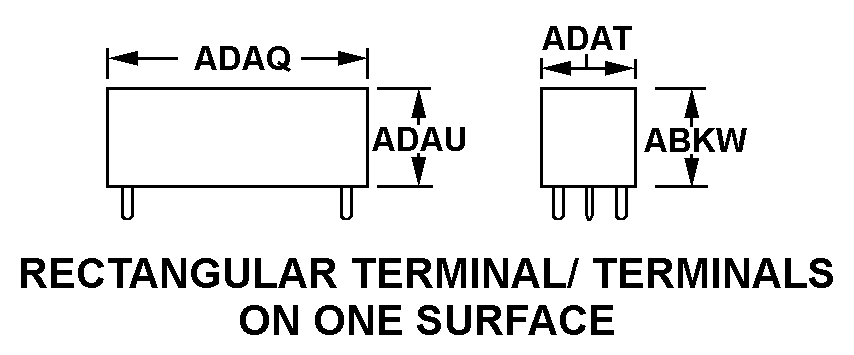5915004332292
Price Quote Get an up to date pricing and availability quote for this product. Order online or over the phone.
Quality Commitment
Serving our customers with quality and safety first.
- AS9120 Certified
- Audited supply chain
- ITAR Registered
- DDTC Registered
- HAZMAT Certified
- Customer service objectives
- Every product 100% inspected

5915-00-433-2292 Specification Set by the OEM (see RNCC code 3)
1.797in. and 1.938in.
4.484in. and 4.516in.
0.984in. and 1.000in.
1.484in. and 1.500in.
3.021in. and 3.031in.
+10.0/+500.0
-40.0/+85.0 deg celsius
1.0003225 megahertz blank
500.0 ohms blank
500.0 ohms blank
crystal blank
encased
4.0 blank
2 pin ground 3rd function
1.00 megahertz blank
0.112in. ⁓1/8"
1.00031 megahertz blank and 1.000335 megahertz blank
40.0 blank and 60.0 blank
ahaj and crbb and cqfc
rectangular terminal/terminals on one surface
18876-10670304 drawing (this is the basic governing drawing, such as a contractor drawing, original equipment manufacturer drawing, etc.; excludes any specification, standard or other document that may be referenced in a basic governing drawing)
Cross Reference Parts Part numbers that meet the specification outlined on this page and set by the OEM
Identification Item Identification Guide (IIG) and Item Name Code (INC)



Definition Definition of approved item name (AIN): "FILTER,HIGH PASS"
An item designed to pass all frequencies above a specified frequency. Excludes a single inductance, a single capacitance, or a single resistance. See coil (as modified); reactor; capacitor (as modified); and resistor (as modified).
5915-00-433-2292 Material Hazmat, Precious Metals, Criticality, Enviroment, and ESD
Indicates there is no information in the hmirs. The nsn is in a fsc in table ii of fed std 313 and a msds may be required by the user. The requirement for a msds is dependent on a hazard determination of the supplier or the intended end use of item.
Precious metal content is unknown
The item does not have a nuclear hardened feature but does have other critical feature(s) such as tolerance, fit restrictions or application.
Identification Codes
HMIC: Hazardous Material Indicator Code. A one position code that identifies a hazardous item.
PMIC: Precious Metal Indicator Code. A one position code which identifies items that have precious metals as part of their content. precious metals are those metals generally considered to be uncommon, highly valuable, and relatively superior in certain properties such as resistance to corrosion and electrical conductivity.
ESD: Electrostatic Discharge. Indicates if an item is susceptible to electrostatic discharge or electromagnetic interference damage. electrostatic discharge damage occurs when an accumulation of static electricity generated by the relative motion or separation of materials is released to another item by direct contact. electromagnetic interference damage occurs when an item comes into proximity with an electrostatic or magnetic field.
ENAC: Enviromental Attribute Code. Identifies items with environmentally preferred characteristics.
CRITL: Criticality Indicator Code. Indicates an item is technically critical by tolerance, fit, application, nuclear hardness properties, or other characteristics.






